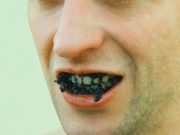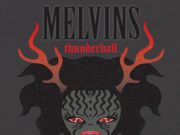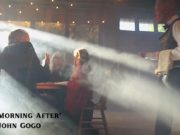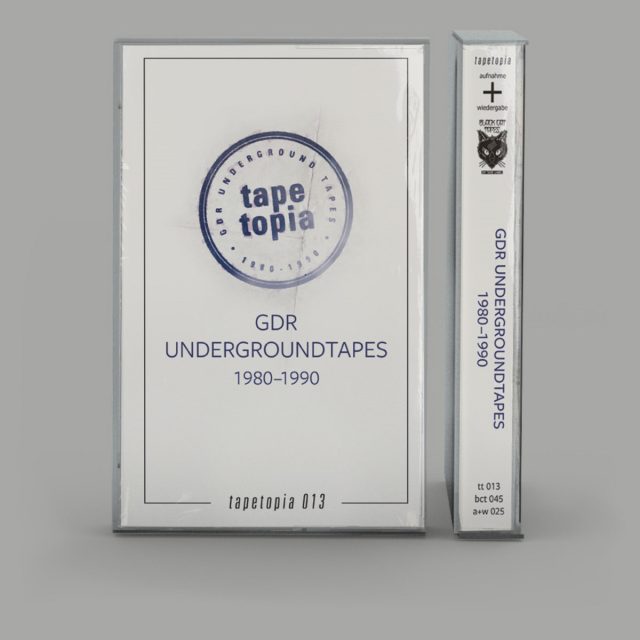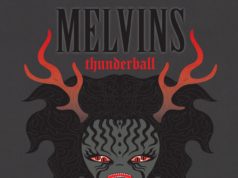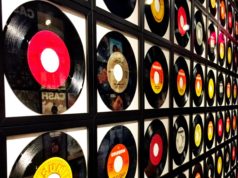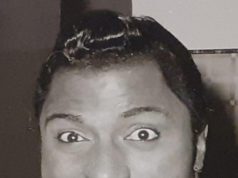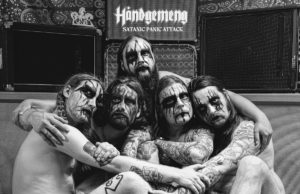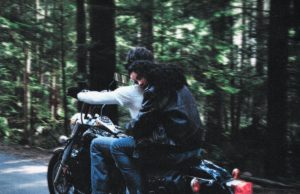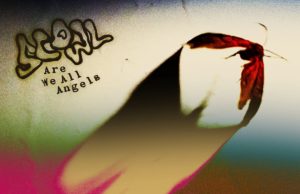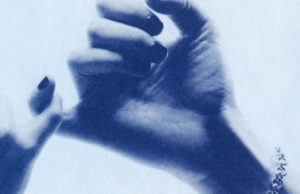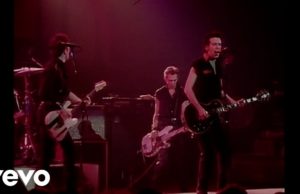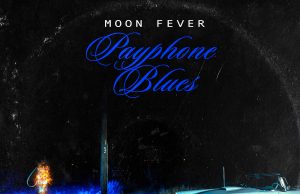THE EDITED PRESS RELEASE: “Tapetopia 013 is a retrospective of the catalogue numbers tt 001 to tt 015.
The East Berlin avantwave band Ornament & Verbrechen (tt 001) emerged from the very first East Berlin punk band Rosa Extra (tt 017) and finally went on to form bands like To Rococo Rot and Tarwater.
Die Gehirne (tt 002) originate from Karl-Marx-Stadt’s very active and radical artist scene. The experimental duo and its various side projects helped ensure that today’s Chemnitz could maintain its place in the history of the independent art of the GDR.
Klick & Aus (tt 003) were a dazzling and shrill formation from East Berlin. The tape Aids Delikat can be considered one of the earliest releases of the tape underground in the GDR.
The Leipzig band Neu Rot (tt-004) represented a singular phenomenon within the alternative music reservoir of the GDR. With a remarkable rigor against itself, the band dragged itself painstakingly in the direction of post-rock.
The Local Moon (tt 005) were closely associated with the circle around Ornament & Verbrechen, probably the darkest band in the sunshine state of the GDR.
The example of the band Neuntage (tt 006) shows the dilemma of many East German underground bands: Blessed with an exclusive understanding of melodies, the band produced quite a few hits without the possibility to release or to develop freely.
The occultist-influenced project Corp Cruid I (tt 007) corresponded to the current lineup of Ornament & Verbrechen at the time of its creation, a fine scratching of the Wall of Sound of a hysterical system.
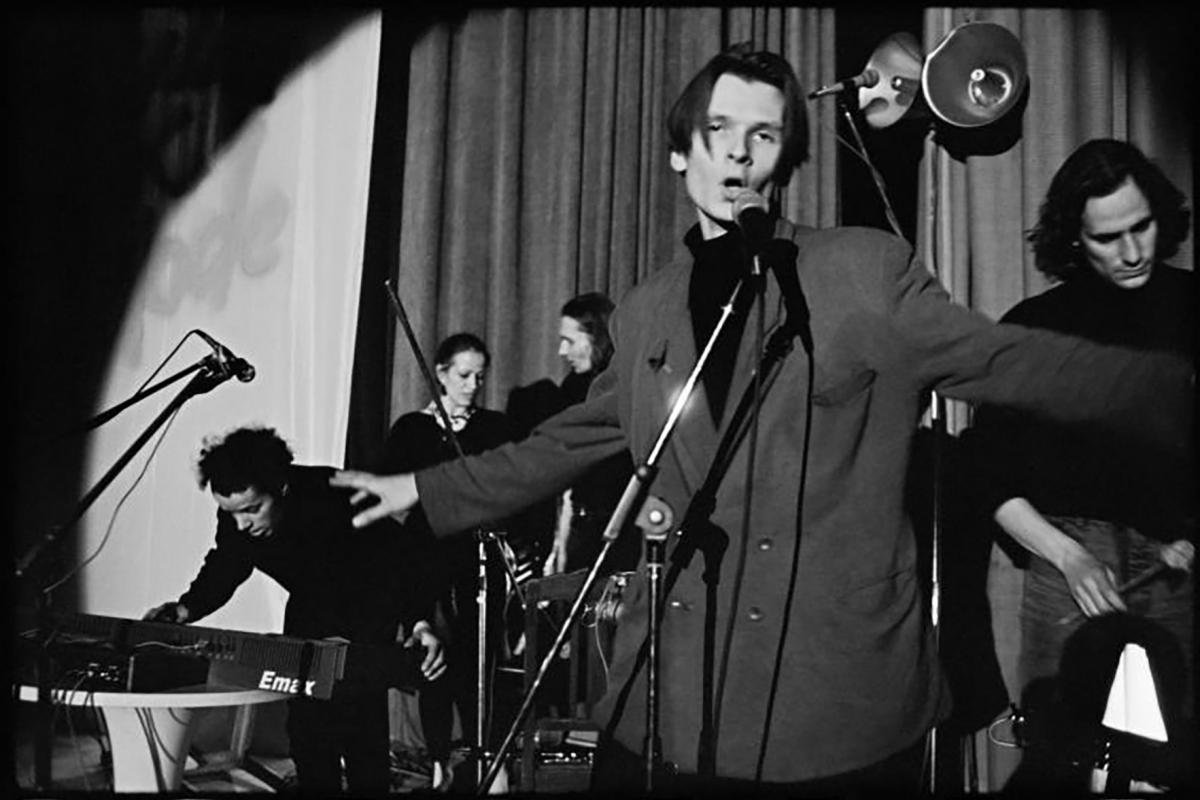
For the avant-garde ensemble Der Expander des Fortschritts (tt 008) from East Berlin, the GDR was material for a sarcastic skepticism full of sinister confessions.
Heinz & Franz (tt 009) were a home recording project with direct links to the Karl-Marx-Stadt cult formation AG Geige. The tape was released in 1988 in 50 copies on the klangFarBe label.
FO 32 Extra Hart Arbeitendes Rastermaterial Für Kontakt (tt 010) were not made in the usual underground milieu — the setting was the base of the 4th flotilla of the GDR People’s Navy! In the propaganda unit PRK 18, but under the state radar, four recruits as the paramilitary music corps FO 32 … boarded an NVA studio and recorded industrial recitations and dark ambient.
The project Tropenkoller (tt 011) operated its retreat in a complex artistic environment. The project stood for a Karl-Marx-Stadt sound that definitely understood dissonance as ideology-free harmony.
The name Mahlsdorfer Wohnstuben Orchester (tt 012) was a pleasing cover name for marginal music from an outlying district of East Berlin. The project also functioned as a reservoir for bands like Neuntage (tt 006), Die Vision or L’Ambassadeur des Ombres (tt 015).
Belonging to the enlightened type of German punk, Rosa Beton (tt 014) got along without genre-typical slogans — the band’s songs seemed downright sensitive in the staccato sound system of East Berlin punk rock. Existing for only a scant underground season, the band eventually faded into the no-man’s land between punk and post-punk.
L’Ambassadeur des Ombres (tt 015) combined pop appeal and experimentation as the soundtrack to their generation’s zero hour in the GDR’s final days. They made music as a hybrid of the wave bands Die Vision and Neuntage.”


